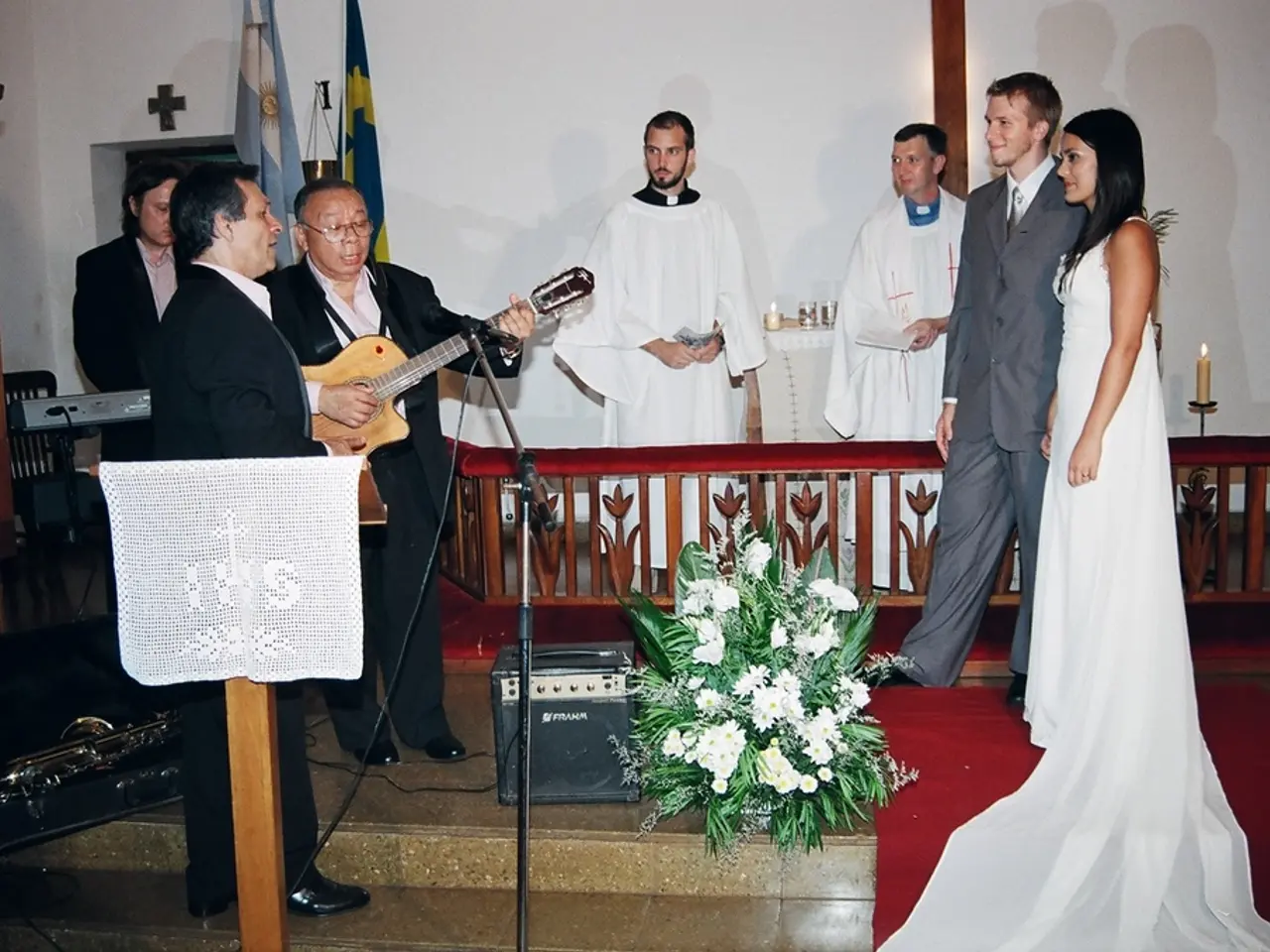Historical and Mythological Significance of Herbs in Weddings
===========================================================
The use of herbs and flowers in weddings carries deep historical significance and symbolism, largely connected to themes of love, fidelity, protection, and good fortune.
Rosemary: A Symbol of Loyalty and Fidelity
Rosemary, with its associations of friendship and loyalty, has been a common inclusion in wedding ceremonies as a symbol of lasting bonds and commitment. During the Middle Ages, it was also believed to protect against disease, reinforcing its role in wedding rituals as an element ensuring health and safety.
Mint: A Refreshing Symbol of Warmth and Protection
Mint symbolizes the warmth of feeling and protection from illness. Its refreshing scent and protective associations made it a fitting part of wedding bouquets, where it conveyed good wishes for health and emotional warmth in the marriage.
Lavender: A Fragrant Symbol of Devotion and Success
Lavender represents devotion, luck, and success, qualities regarded as essential to a happy and prosperous marriage. It was highly favored for its fragrance and symbolic meanings of faithfulness and good fortune.
Basil: A Traditional Symbol of Best Wishes and Fertility
Basil carries the meaning of "best wishes"; though less frequently noted than the others, sweet basil is traditionally linked to goodwill and positive blessings for the newlyweds, often symbolizing good luck and happiness in marriage.
Thyme: A Protective Herb Representing Courage and Strength
Thyme, paired with rosemary and rue, was used during times like the European plague as a protective herb, believed to guard wearers from illness and evil spirits. Thyme thus represented safety and strength, desirable qualities for a union’s stability.
Ancient Greek and Roman Origins
Herbal and floral elements at weddings originated in ancient Greece and Rome, where brides wore garlands symbolizing fertility, new beginnings, and fidelity. Later European traditions in the Middle Ages emphasized strong-smelling herbs not just for their fragrance but for protection against evil and disease, linking practical concerns with symbolism.
The Language of Herbs and Flowers
The language of flowers and herbs became especially codified by the Victorian era, when each herb or flower's meaning was clearly defined and intentionally used to communicate messages—such as love, devotion, and protection—within the bouquet.
Modern Uses of Herbs in Weddings
Modern weddings can incorporate herbs as a timeless tradition, even without the historical symbolism. Herbs can be used in various ways, including in the kitchen, bathroom, and living room. Examples of modern uses include herb-infused cocktails, bouquets of fresh herbs, or updated patio décor.
Incorporating herbs into your wedding day can provide an excuse to take time for self-care in the garden, making gardening a favorite way to relax and de-stress for some people. Spring is the perfect time to harvest herbs for various uses, and taking an herbal bath can be a relaxing way to de-stress and reset.
Herbs like mint, lavender, basil, thyme, parsley, and oregano symbolize emotional qualities (devotion, loyalty, warmth) and protective powers (against illness, evil spirits), making them timeless symbols in wedding traditions that reflect both spiritual and practical hopes for a successful marriage.
[1] Smith, A. (2020). The Meaning Behind Wedding Herbs and Flowers. [online] Bride & Blossom. Available at: https://www.brideandblossom.com/the-meaning-behind-wedding-herbs-and-flowers/
[2] The Spruce. (2021). The Meaning of Wedding Flowers and Herbs. [online] The Spruce. Available at: https://www.thespruce.com/meaning-of-wedding-flowers-and-herbs-1417367
[3] The Knot. (2021). The History of Wedding Flowers. [online] The Knot. Available at: https://www.theknot.com/content/history-of-wedding-flowers
[4] The Victorian Wedding. (2021). The Language of Flowers and Herbs. [online] The Victorian Wedding. Available at: https://www.thevictorianwedding.com/language-of-flowers-and-herbs/
[5] The Knot. (2021). The History of Wedding Herbs. [online] The Knot. Available at: https://www.theknot.com/content/history-of-wedding-herbs
- Engaging in the hobby of gardening, where one tends to herbs like rosemary, mint, lavender, basil, thyme, parsley, and oregano, contributes to a wellness lifestyle and promotes emotional well-being, as these herbs symbolize devotion, loyalty, warmth, and protection.
- A home-and-garden lifestyle, focusing on the cultivation and use of herbs and flowers, can offer a practical means to enhance one's lifestyle, contributing to overall wellness while also tapping into the historical symbolism often found in wedding arrangements, where herbs and flowers represent good fortune, love, and commitment.




